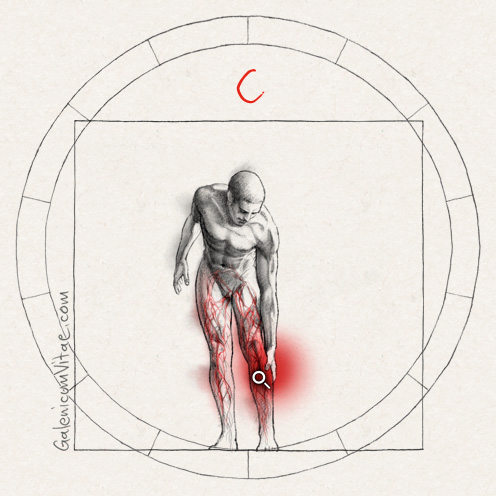Peripheral artery disease (PAD)
Intermittent claudication is the main symptom of peripheral arterial disease caused by atherosclerosis or "hardening of the arteries" which prevents the muscle from receiving more blood flow when needed (with exercise). It consists of the appearance of pain in the lower limbs (usually the calf) while walking, which requires stopping. It disappears after resting and appears again after resuming walking.
Risk factors for this disorder usually affect men of over 50 years of age. Risk is higher if you have a history of cholesterol, diabetes, heart disease, high blood pressure, kidney disease, smoking or stroke
PAD of the lower limbs is the most common clinical presentation.
Prevention. Exercise alternated with periods of rest, quit smoking, take care of your feet, especially if you have diabetes, and control your cholesterol levels.
Treatment. Early diagnosis is important for improving quality of life and reducing the risk of complications, such as acute myocardial infarction (AMI) or stroke.
Quit smoking. Smoking narrows the arteries, decreases the ability of blood to carry oxygen, increases the risk of blood clots (thrombi and emboli) and accelerates the formation of atherosclerotic plaques (fat) in the wall of the arteries.
Take care of your feet, particularly if you suffer from diabetes. Wear shoes that fit properly. Pay attention to any cuts, scrapes or injury, and see your doctor immediately if one occurs. Tissues heal slowly and are more prone to infection in the case of decreased circulation.

 Digestive
Digestive  Blood
Blood Cardiovascular
Cardiovascular Dermatology
Dermatology Genitourinary,
Genitourinary, Hormones
Hormones Infections
Infections Oncology and
Oncology and Musculo-skeletal
Musculo-skeletal Mental health and
Mental health and Parasites
Parasites Respiratory
Respiratory Senses
Senses Various
Various




